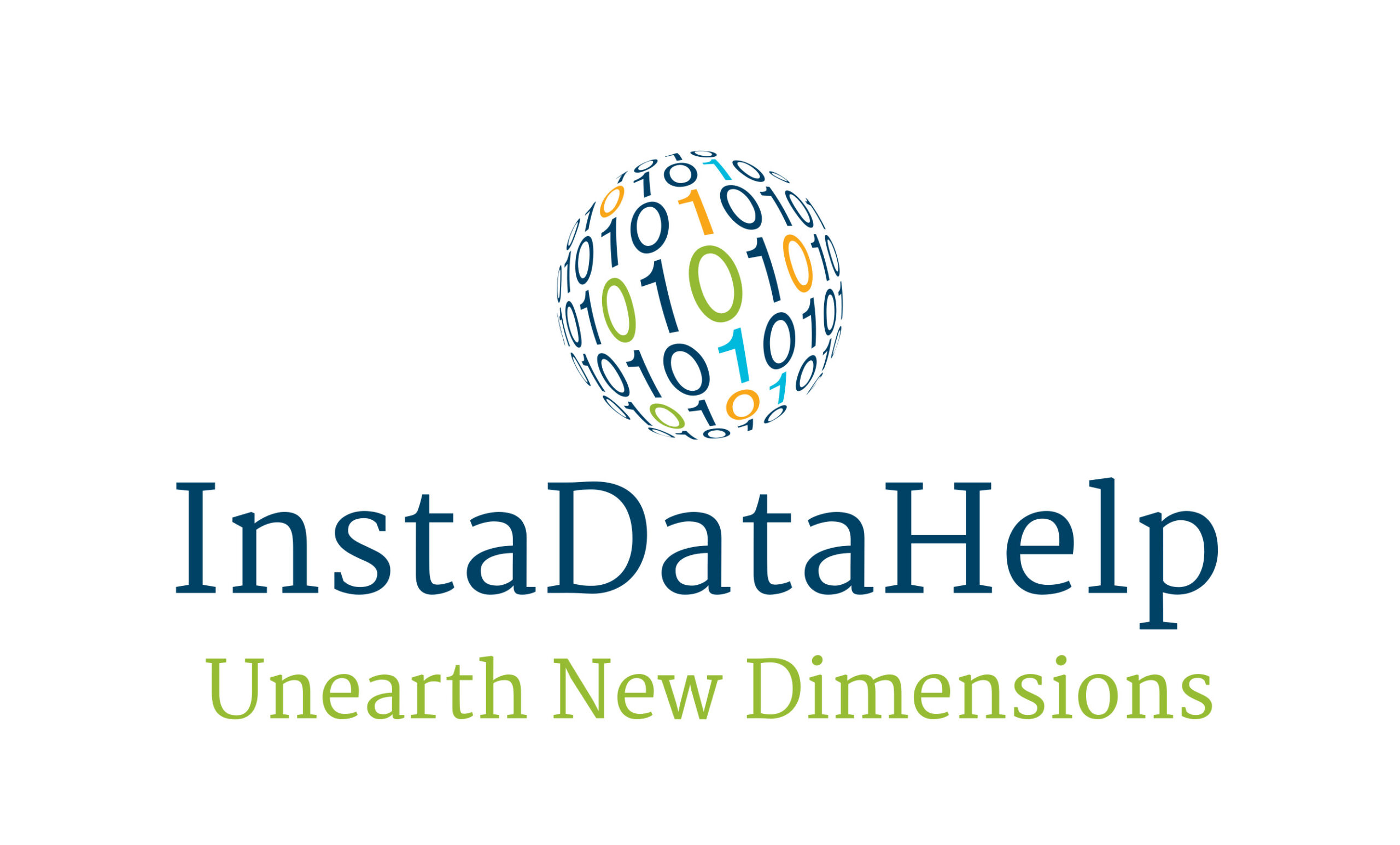The Internet of Robotic Things: A New Frontier for Innovation and Automation
Introduction:
The Internet of Things (IoT) has revolutionized the way we interact with technology, connecting everyday objects to the internet and enabling them to communicate and share data. However, the IoT is now taking a leap forward with the emergence of the Internet of Robotic Things (IoRT). IoRT combines the power of robotics with the connectivity of the IoT, creating a new frontier for innovation and automation. In this article, we will explore the concept of the Internet of Robotic Things and its potential impact on various industries.
Understanding the Internet of Robotic Things:
The Internet of Robotic Things refers to the network of robotic devices that are connected to the internet and can communicate with each other and with humans. These devices can range from simple household robots to complex industrial machines. By connecting these robots to the internet, they can access vast amounts of data, analyze it, and make informed decisions based on the information they receive.
Key Components of the Internet of Robotic Things:
1. Robotic Devices: The first component of the IoRT is the robotic devices themselves. These can include autonomous drones, industrial robots, healthcare robots, and even household robots like vacuum cleaners or personal assistants. These devices are equipped with sensors, actuators, and processors that enable them to perform specific tasks.
2. Connectivity: The second component is connectivity. Robotic devices need to be connected to the internet to access data and communicate with other devices. This can be achieved through Wi-Fi, cellular networks, or other wireless technologies.
3. Data Analytics: The third component is data analytics. The massive amount of data generated by robotic devices needs to be analyzed to extract meaningful insights. By analyzing this data, robots can improve their performance, make predictions, and adapt to changing environments.
4. Artificial Intelligence: The fourth component is artificial intelligence (AI). AI algorithms enable robots to learn from their experiences, make decisions, and perform tasks without human intervention. AI is crucial for the autonomous operation of robotic devices in complex environments.
Applications of the Internet of Robotic Things:
1. Manufacturing and Industry: The IoRT has the potential to revolutionize the manufacturing industry. Robots connected to the internet can communicate with each other, share information, and coordinate their actions. This can lead to increased efficiency, reduced downtime, and improved productivity. For example, robots can collaborate in assembly lines, perform quality control checks, and even predict maintenance needs.
2. Healthcare: In the healthcare sector, the IoRT can enhance patient care and improve efficiency. Robots can be used for tasks such as remote patient monitoring, drug dispensing, and surgical procedures. Connected robots can also collect and analyze patient data, enabling healthcare providers to make more accurate diagnoses and personalized treatment plans.
3. Agriculture: The IoRT can revolutionize the agricultural industry by enabling precision farming. Robots equipped with sensors and AI algorithms can monitor crop health, detect pests or diseases, and apply fertilizers or pesticides in a targeted manner. This can lead to increased crop yields, reduced resource consumption, and improved sustainability.
4. Transportation and Logistics: Connected robots can transform the transportation and logistics industry. Autonomous drones and delivery robots can be used for last-mile deliveries, reducing costs and improving efficiency. Additionally, connected robots can optimize warehouse operations, track inventory, and automate inventory management.
Challenges and Considerations:
While the Internet of Robotic Things holds immense potential, there are several challenges and considerations that need to be addressed. These include:
1. Security: With increased connectivity comes an increased risk of cyber-attacks. Robotic devices need to be secured against unauthorized access and data breaches. Strong encryption, authentication mechanisms, and regular security updates are essential.
2. Privacy: Connected robots collect vast amounts of data, including personal information. Privacy concerns need to be addressed to ensure that data is collected, stored, and used in a responsible and ethical manner.
3. Ethical Considerations: As robots become more autonomous and capable of making decisions, ethical considerations arise. Clear guidelines and regulations need to be established to ensure that robots act in a responsible and ethical manner.
4. Workforce Displacement: The increased automation brought about by the IoRT may lead to job displacement. It is crucial to consider the impact on the workforce and develop strategies to reskill and retrain individuals for new roles.
Conclusion:
The Internet of Robotic Things represents a new frontier for innovation and automation. By connecting robotic devices to the internet, we can unlock their full potential and revolutionize various industries. However, it is important to address the challenges and considerations associated with the IoRT to ensure its responsible and ethical implementation. With the right approach, the IoRT has the power to transform our world and improve our lives in ways we have yet to imagine.


Recent Comments